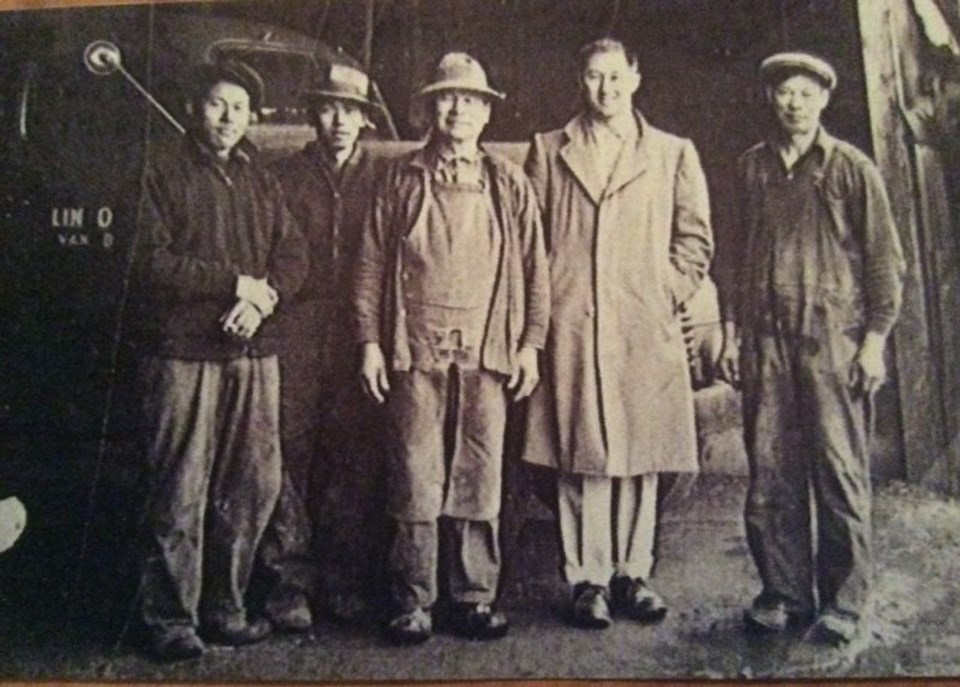It was an area unlike the rest of Burnaby.
Back in the day, what’s now called Big Bend on the north side of the Fraser River was known as The Flats and was full of farms. Almost everywhere else in the city was hilly and bursting with suburbia. It was different in another sense. The farms were almost exclusively tended to by Chinese families while the rest of Burnaby had a paler complexion.
As part of Canada’s 150th birthday and the 125th anniversary of Burnaby being incorporated, the city’s Community Heritage Commission decided to create commemorative plaques of Burnaby’s history. One theme is diversity and will include a plaque celebrating the long presence of the Chinese farming community on the south side of the city.
“They’ve been around for a long time,” said Burnaby Village Museum researcher Denise Fong. “It’s challenging the assumption that Burnaby’s immigrant community is a recent arrival.
“The presence of different groups has been around for many, many years.”
Their stories, and those of other Chinese Canadians, will be featured on Wednesday, Oct. 4 as part of the Burnaby Neighbourhood Histories Series.
But while The Flats is the most visible evidence of the historical Chinese contribution to Burnaby, it is by no means the only noteworthy one.
“The Chinese played a key role in different stages of the local food production and distribution network,” said Fong in an email. “Aside from market gardening, there is historical evidence as early as the 1890s that early Chinese agriculturalists and hog-keepers raised pigs for use in land clearing, fertilization, and as a food source. Chinese labourers were often hired for ditching and land clearance due to their experience and skills. Chinese farmers worked cooperatively with Chinese peddlers who sold their products door to door to private residences and businesses throughout the region.”
The earliest census for Burnaby, 1901, shows numerous wood cutters with Chinese names. Some were employed at the North Pacific Lumber Mill, also known as Barnet Mill, as labourers and cooks. Others harvested tree stumps for shingle making, or worked as shingle weavers at the Shull Lumber and Shingle Company at the south foot of Boundary Road.
“Chinese operated different types of small businesses in Burnaby as early as the 1930s,” wrote Fong.
One was Y. Hoy Produce Company, a green grocer on Hastings Street which sold fruits and vegetables. There were also laundries, including one in the 3800 block of Venables Street, and restaurants. One of the most visible was the Golden Dragon Restaurant that eventually evolved into the Dragon Inn with its iconic neon sign near Kingsway and Willingdon.
Fong said the city wants the public to not only come and listen to the stories on Oct. 4, but to also share their stories, photos, collections, maps and documents.
Exploring roots:Chinese-Canadian Stories will be presented on Oct. 4 from 7 to 8 p.m. at the Bob Prittie Metrotown branch of the Burnaby Public Library. It is part of the Burnaby History Series. The talk is free but registration is already full.
Also in the series is All Our Father’s Relations, which also has a Chinese theme to it, at James Cowan Theatre, 6450 Deer Lake Ave., Thursday, Oct. 12, 7 to 9 p.m. Registration can be done online at www.bpl.bc.ca/events/all-our-fathers-relations or by calling 604-436-5400.



